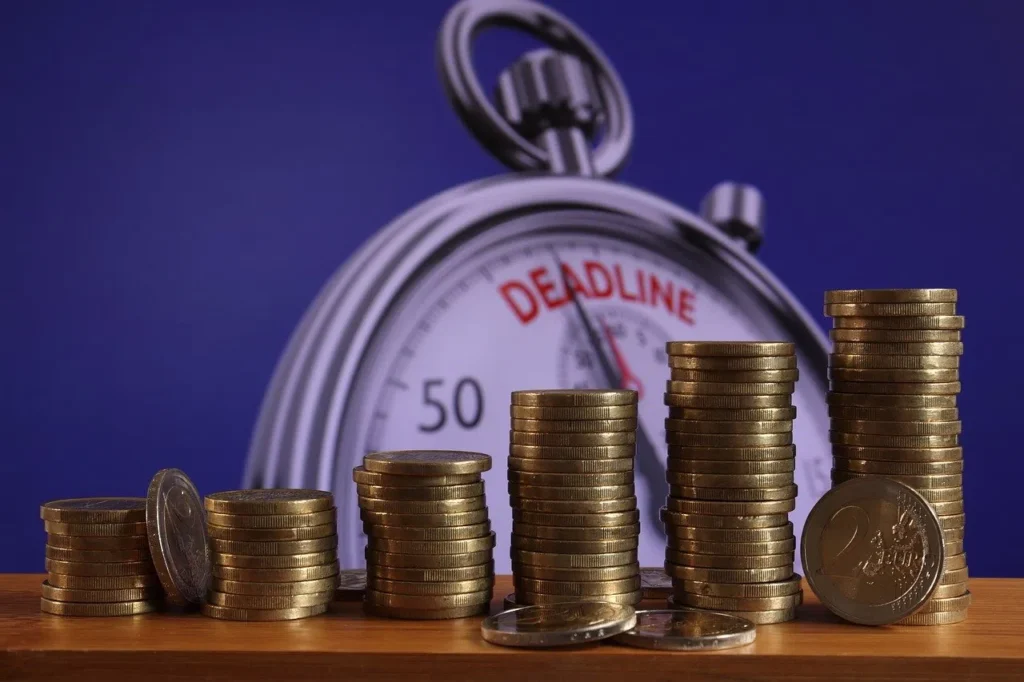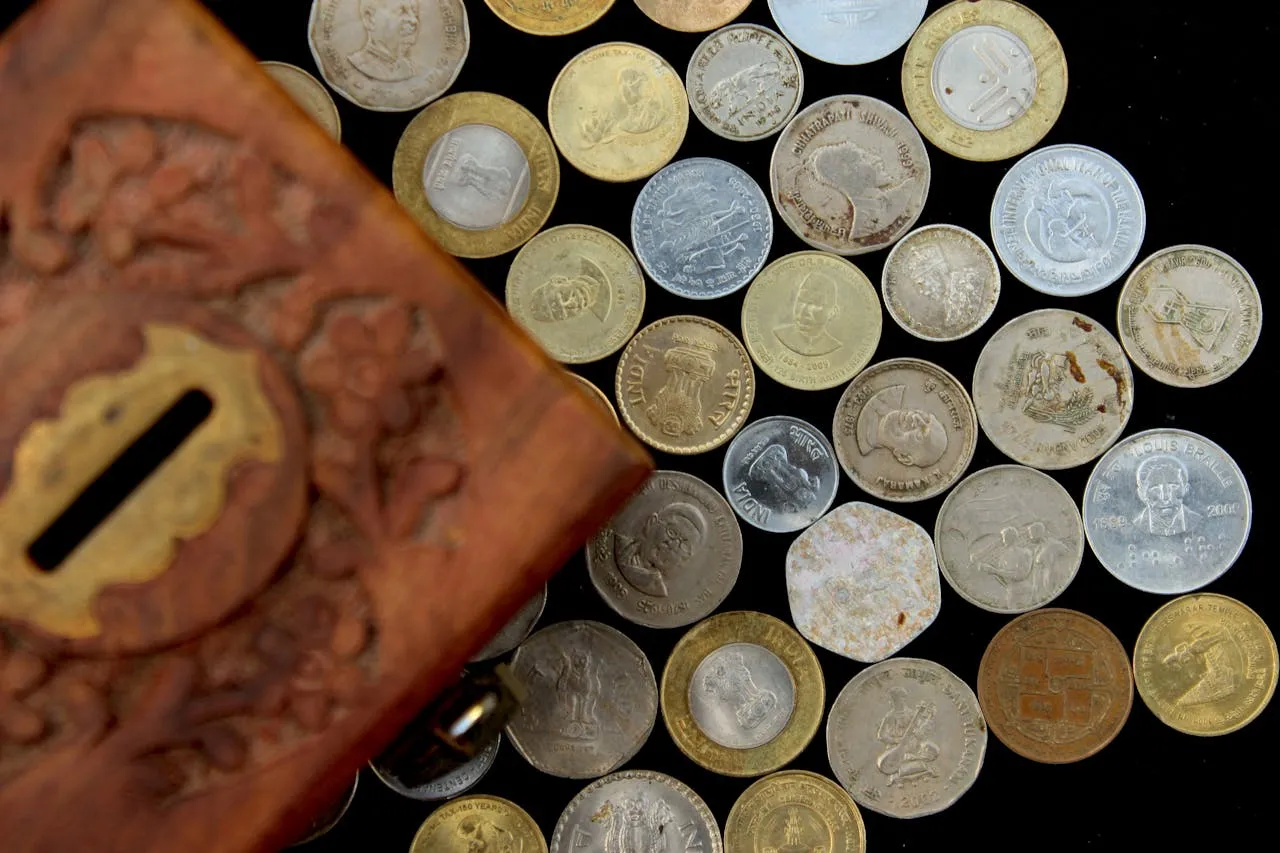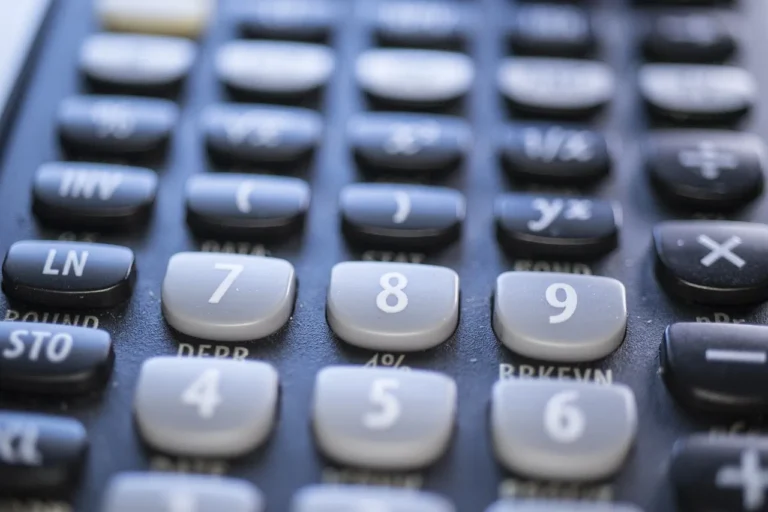Financial readiness is a cornerstone of stability in a today’s rapidly changing world. Accumulation of a savings buffer enables us to cope with life unexpected events (e.g., diseases and job loss). However, what will be the amount of money you should save for your future? Let’s break it down step by step.
Why Build a Financial Buffer?
A financial buffer insures you against unforeseen costs without having to forgo your other plans. Here’s why it’s crucial:
Peace of Mind: Reduces stress by knowing you can handle emergencies.
Avoiding Debt: It drives you away from predatory loans/consumer credit lines, among others.
Focus on Goals: Keeps your long-term plans, like retirement or homeownership, intact.
How Much Should You Save?
The ideal amount of is usually situation dependent, but a few recommendations are also presented:
The process starts with a reserve fund, to handle the unexpected (e.g., medical expenses, major home repairs).
- Basic Rule: Save 3–6 months of essential living expenses.
- Single with stable income: 3 months may be sufficient.
- Families or freelancers: Aim for 6–12 months for added security.
Example:
Average monthly (rent, electricity, food, beverages) spending is ₹40,000 and the reserve to cover for emergency is between ₹1,20,000 and ₹2,40,000.
2. Short-Term Goals
Save for immediate goals, such as vacations, gadgets, or higher education fees, over 1–3 years.
Allocate specific amounts for each goal.
Fixed deposits/liquid money market fund for higher yields while having liquidity.
3. Long-Term Goals
At life’s biggest milestones, such as getting a new house, retiring, or graduating your child, think of:

20% of Income Rule: Invest up to 20% (of the monthly/incoming income) for investment or future purposes.
Goal-Based Planning: Calculate how much you’ll need and save accordingly.
Example: If you plan to retire in 20 years with a sum of 1 crore, then it is advisable to maintain a mix of SIPs and fixed-income products to achieve such a goal.
Where to keep your emergency fund savings ?
Your savings products will be diversified through variety of instruments, based on the target and horizon for which they are active:
Emergency Fund: Keep this in high-liquidity options like:
- Liquid mutual funds, Savings accounts, Fixed deposits with withdrawal options etc
- Short-Term Goals: Choose low-risk options like:
- Recurring deposits, Debt mutual funds etc
- Long-Term Goals: Invest in growth-oriented instruments like:
- Equity mutual funds for retirement, Real estate or gold for diversification
How to Build Savings Consistently?
Track Your Income and Expenses
Identify how much you earn and where you spend. Use this to set realistic savings goals.
Start Small, Save Regularly : Begin with small amounts and increase over time. Automate savings through SIPs or recurring deposits.

Cut Non-Essential Spending : Cut discretionary spending (i.e., Dining outside or Unnecessary subscriptions) and reallocate the associated savings towards investing.
Use Windfalls Wisely : Transfer subsidies, refunds (tax or otherwise) or cash gifts to your buffers of holdings.
How to Stay on Track
Set Milestones: Break your target savings down into achievable portions (e.g., 25,000 Rupees per quarter).
Review Regularly: Do not underestimate your own development, i.e., change in income and/or expenditure.
Celebrate Success: Reward yourself for meeting goals to stay motivated.
Conclusion
The most financially advantageous thing you can do is build a savings cushion of money. It all begins with the establishment of an emergency fund and of savings for short-term and long-term future financial targets. In conclusion being committed to saving diligently and using your money well you can be prepared for life’s twists and turns when you are pursuing financial security and being a good person.







